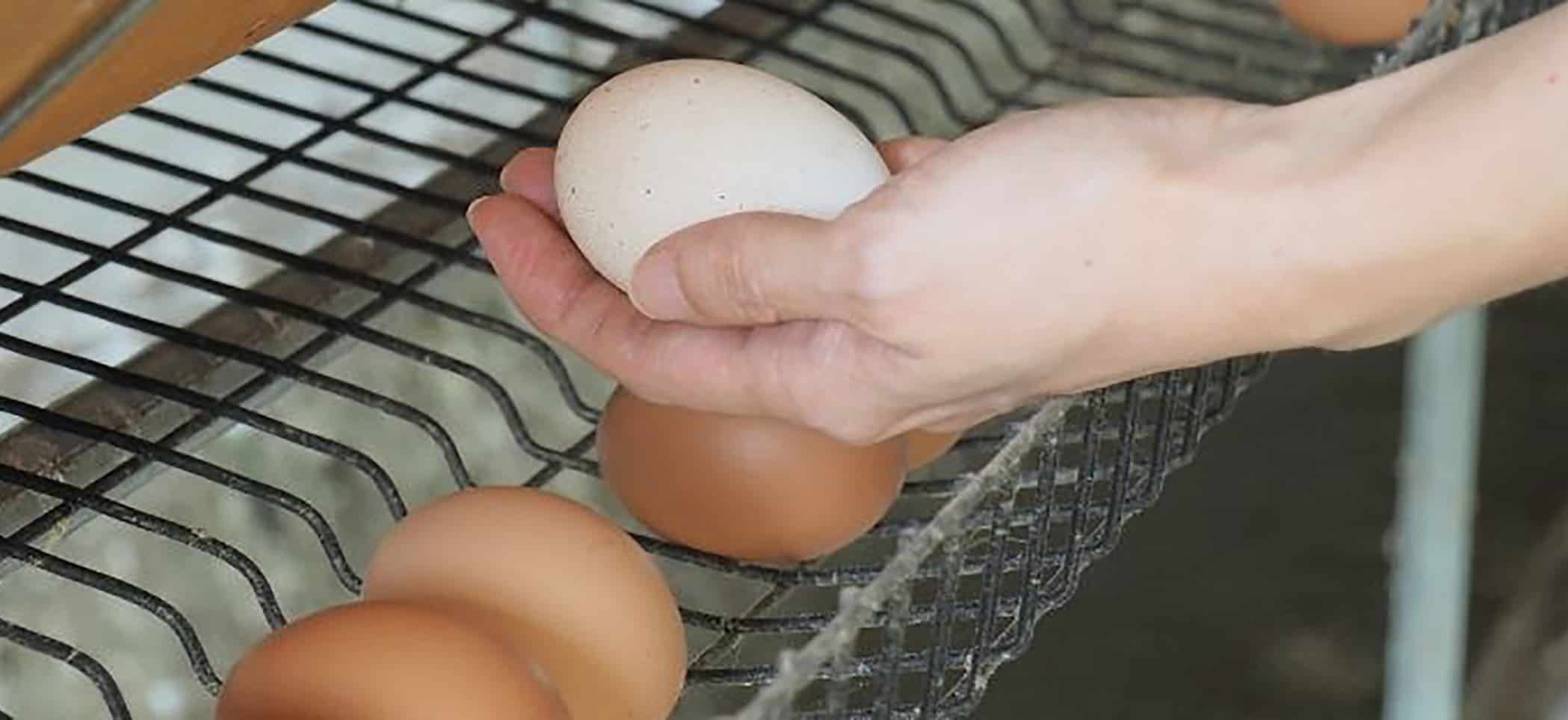By Guest Blogger Roger Deffner, member of the Board of Directors of the American Egg Board
As an egg farmer of a 3rd generation family farm in the Northwest, it is always inspiring to see the good work that is being done beyond our farm.
At Today’s Dietitian Spring Symposium in Scottsdale, AZ, I had the privilege of speaking to a group of Registered Dietitians that are members of the Egg Nutrition Center’s Egg Enthusiast program. Our approximately 4.5 million hens along with our dedicated farm staff work very hard to produce high-quality eggs, so meeting dietitians who are educating consumers about the benefits of eating eggs really validates the work we do.
The Egg Enthusiasts I spoke to were surprised to hear that there are 336 million egg-laying hens in the U.S. that lay 257 million eggs each day. As of February 2019, the per capita consumption was 287 eggs according to The World Agricultural Supply and Demand Estimates Report produced by the United States Department of Agriculture. Overall, it’s a growing industry with the total annual economic activity estimated to be about $29-$30 billion, however, like all farming, it’s not without its challenges. With changing consumer demand around farming practices, the landscape is evolving rapidly.
Egg farmers are adapting with evolving consumer preferences. Most recently, hen housing has been a hot topic of conversation across the industry and amongst consumer groups. Currently, there are three prevailing options:
- Conventional Housing: 282 million hens
- Cage Free Housing: 43 million hens
- Organic Housing (access to outdoors): 16 million hens
However, recently there has been a large shift in demand related to farming practices. These changes are reflected across the United States in different ways depending on the state. For instance, California voted in Proposition 12 ensuring hens to be housed at 144 sq. inches as of January 1st, 2020. In Arizona, all eggs sold in the state must come from United Egg Producers (UEP) Certified farms, which has its own rigorous standards around hen care, food safety, and environmental impact. While regulations may differ slightly from state to state, a common theme is the push to move all production standards to UEP Certified Cage-Free standards.
The catch is that currently, only 18% of the total U.S. flock, or 60 million hens, are currently cage free. For the food industry to meet its aggressive cage-free commitments by 2026, we would need to transition much of the existing conventionally-housed flocks to increase the number of cage free hens to 71% of the total U.S. flock. Perhaps the most challenging part about these commitments is the investment needed to make these changes in such a short amount of time. The current estimated cost is more than $10 billion.
My hope is that we can continue to evolve as an industry and make changes in a responsible way. American egg farmers are committed to producing fresh, high-quality eggs and are dedicated to the health and well-being of their hens. Today’s hens are living longer due to better health, better nutrition and better living environments. Additionally, U.S. egg production has significantly decreased its environmental footprint in the past 50 years. Most importantly, egg farmers like me believe in consumer choice and work hard to provide the highest-quality and variety of eggs, no matter what kind of eggs you choose.

